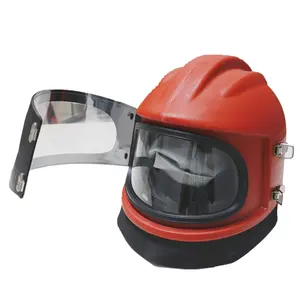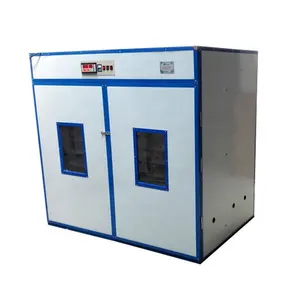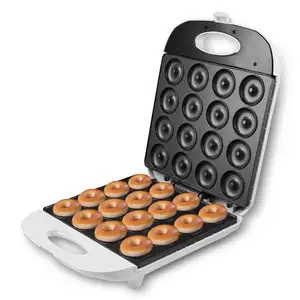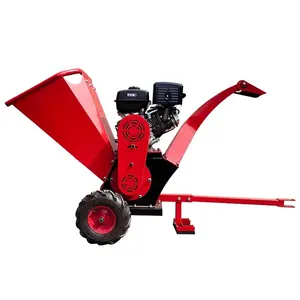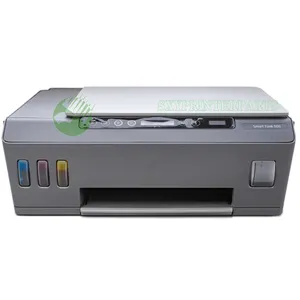Popular in your industry

































































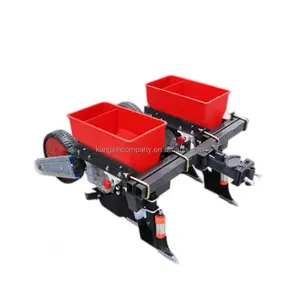





































































































































Top categories
About combine seeder
Combine seeders are essential agricultural implements designed to simultaneously till the soil, deposit seeds, and cover them to establish a new crop. These machines are commonly used in large-scale farming operations to optimize efficiency during the planting process. They are often hitched to tractors, forming a combine seeder tractor combination that can cover significant areas in a single pass. The main components of a combine seeder include the seed hopper, seed meters, coulters or disc openers, press wheels, and sometimes additional attachments for fertilization. The seed hopper stores the seeds before they are fed into the seeder, while the seed meters precisely measure and distribute the seeds at the desired rate. Coulters or disc openers create furrows or slits in the soil, ensuring proper seed placement and soil-to-seed contact. Press wheels follow the coulters and compact the soil over the seeds, promoting germination and early growth.
Types of Combine Seeders
There are different types of combine seeders, each tailored to specific crops and farming practices. A common distinction is between conventional and no-till seeders. Conventional seeders require prior soil tillage to prepare a seedbed, while no-till seeders can plant directly into untilled soil. Moreover, precision or drill seeders are highly accurate, allowing for precise seed placement and suitable for row cropping. Air seeders use air pressure to deliver seeds through tubes from a central hopper to individual openers, distributing seeds evenly. Broadcast seeders are more straightforward, scattering seeds uniformly across the soil surface, often used for cover crops or grass seeding. Each type of seeder has its advantages and is chosen based on factors like soil type, crop variety, and farming objectives.
International Combine Seeder
The international combine seeder is a versatile and efficient agricultural tool for planting various crops, from grains and oilseeds to legumes and cover crops. The international combine seeder is known for its robust construction and ability to handle different soil and crop conditions, making it a popular choice among farmers worldwide. These seeders often come with adjustable settings to accommodate different seed sizes and types, allowing for flexibility in planting operations. Moreover, the international combine seeders are designed for ease of use and minimal maintenance, ensuring that farmers can focus on planting while maximizing productivity. The international combine seeder is a testament to the global nature of modern agriculture, where innovative machinery transcends borders to contribute to food production on a worldwide scale.
Combine Seeder Cover Crop
A combine cover crop seeder is a specialized seeder designed specifically for planting cover crops, which are non-commercial crops grown to improve soil health, prevent erosion, and enhance biodiversity. These seeders are equipped with features that facilitate the establishment of diverse cover crop mixtures, such as adjustable metering systems for precise seed rates and multiple seed boxes for planting different species simultaneously. The combine cover crop seeder may also have additional attachments, such as cultipackers or rollers, to ensure optimal seed-to-soil contact. The primary goal of a combine cover crop seeder is to promote the successful growth of cover crops, contributing to sustainable farming practices and overall soil health.
Combine seeders play a crucial role in modern agricultural practices by streamlining the planting process and enhancing overall efficiency. Their ability to simultaneously perform multiple tasks, such as tilling, seeding, and covering, reduces the time and labor required for planting, making them invaluable assets in large-scale farming operations. Additionally, combine seeders contribute to improved crop establishment by ensuring precise seed placement and soil coverage, which is essential for achieving uniform germination and early growth. By incorporating advanced technologies and features, such as GPS-guided systems and variable rate seeding, combine seeders continue to evolve, offering farmers enhanced precision and control over the planting process. It is important for farmers to utilize combine seeder boots for safety when operating these powerful machines. The Massey Ferguson 56 combine seeder is a prime example of the continuous innovation in the agricultural machinery sector. Its efficiency, versatility, and ability to adapt to various cropping systems make it a valuable asset for farmers seeking to optimize their planting operations and improve overall productivity.
